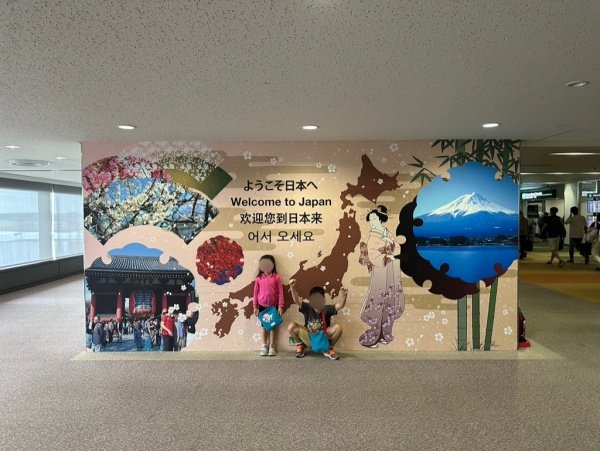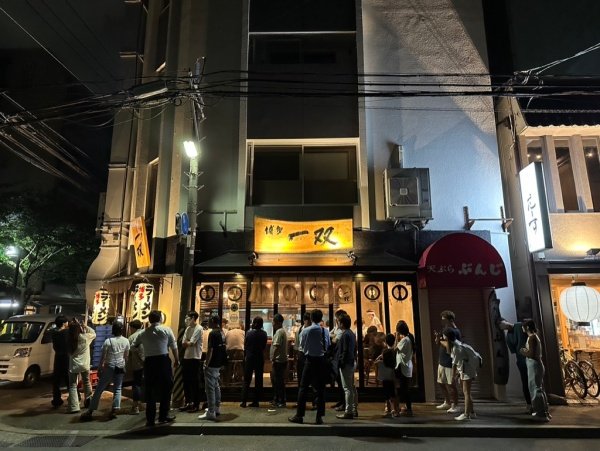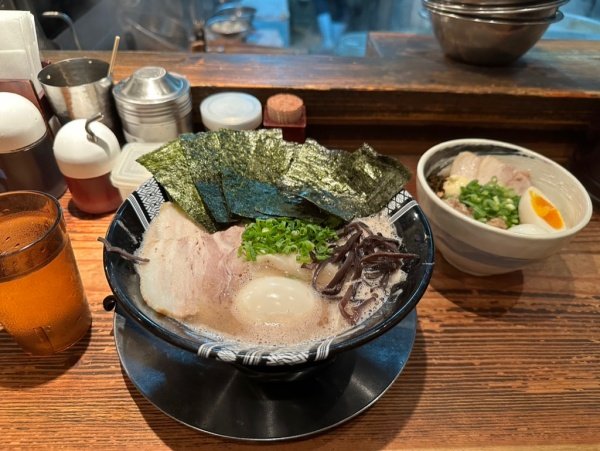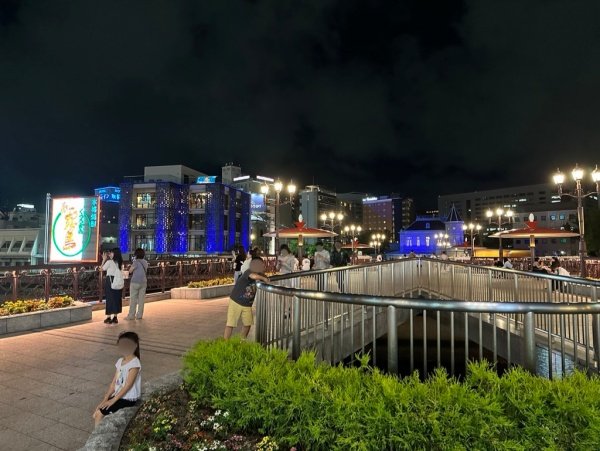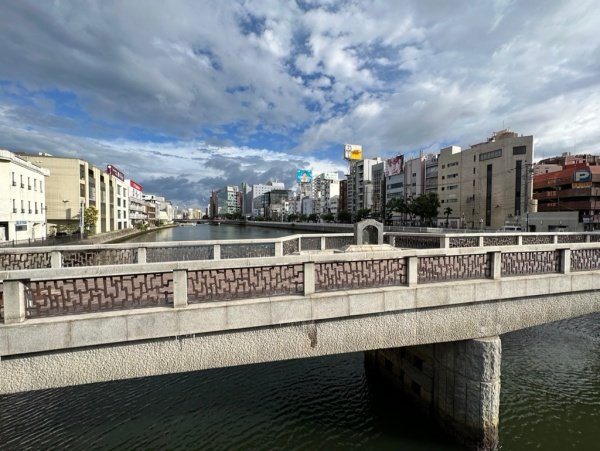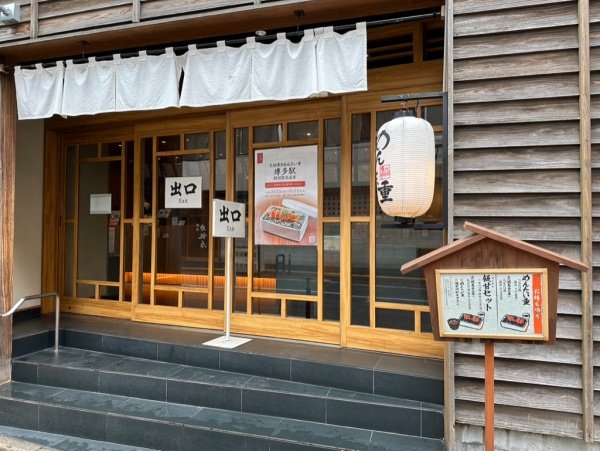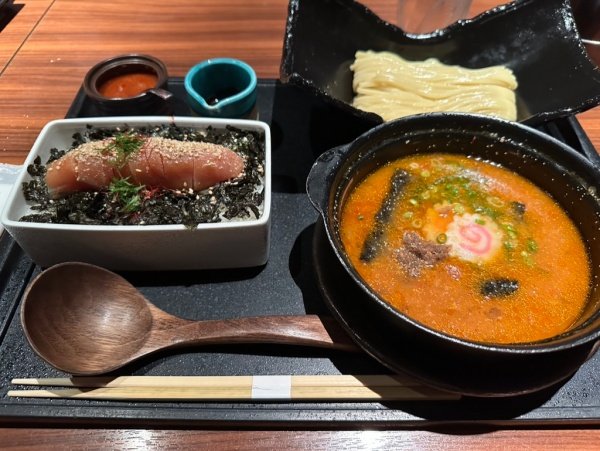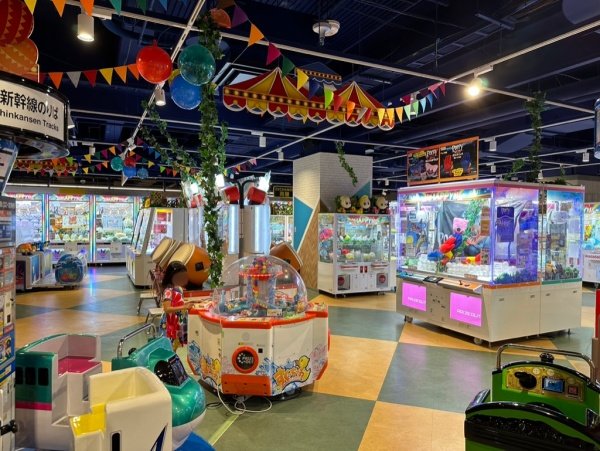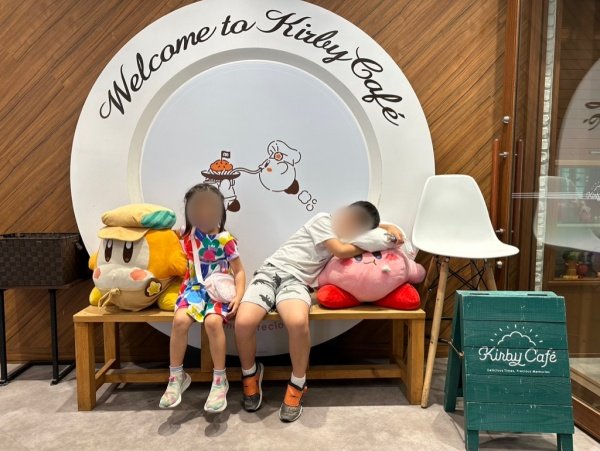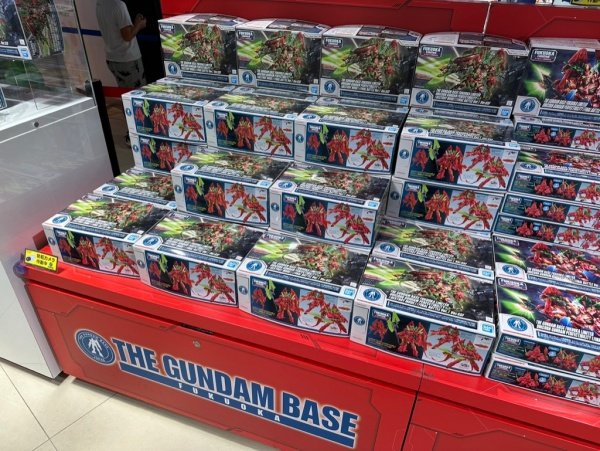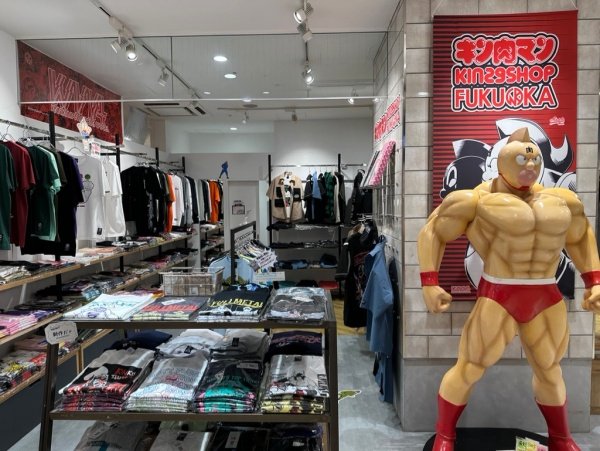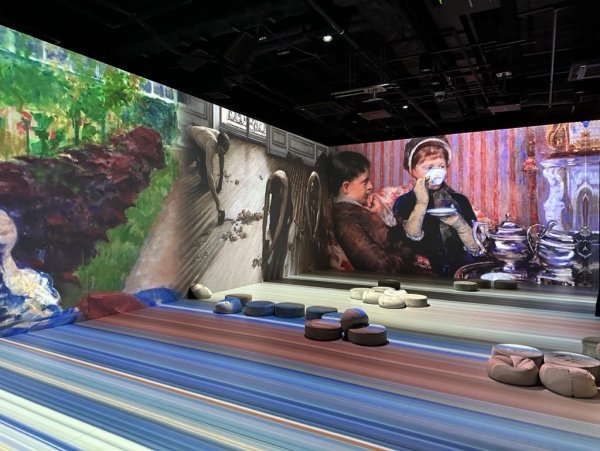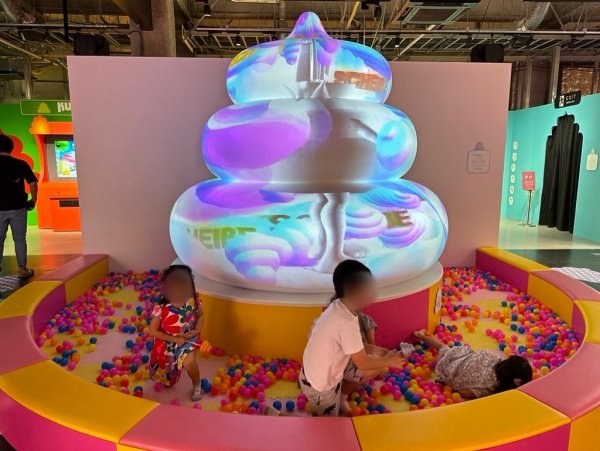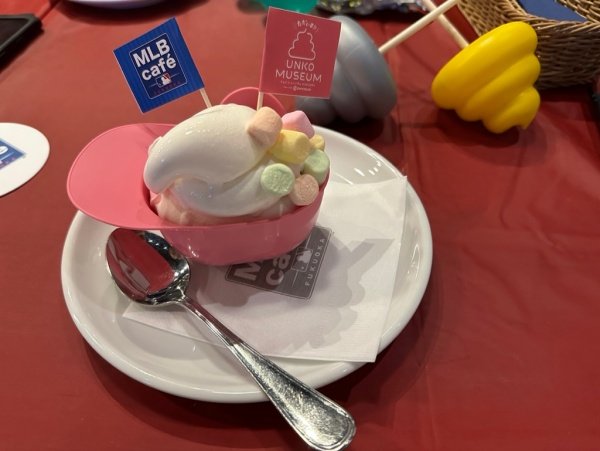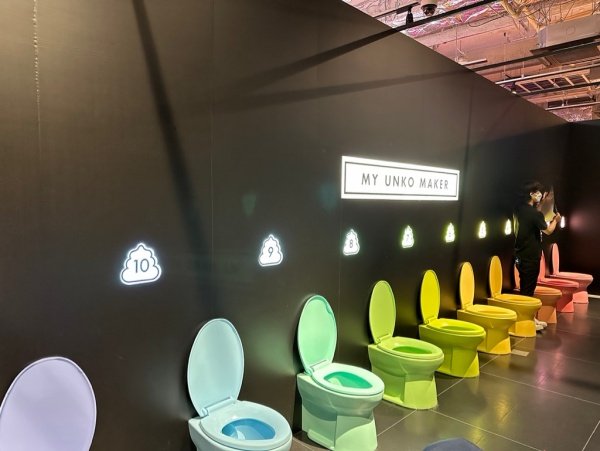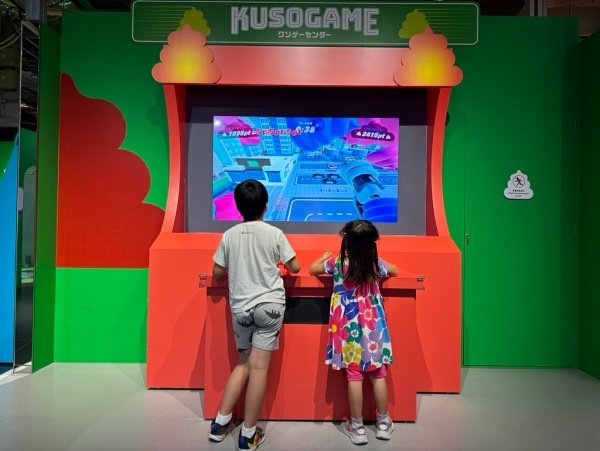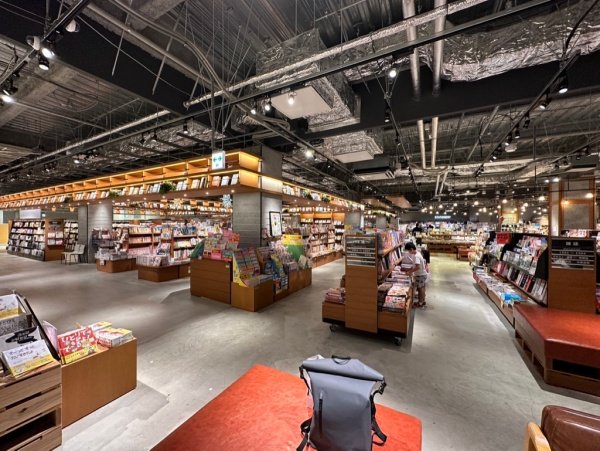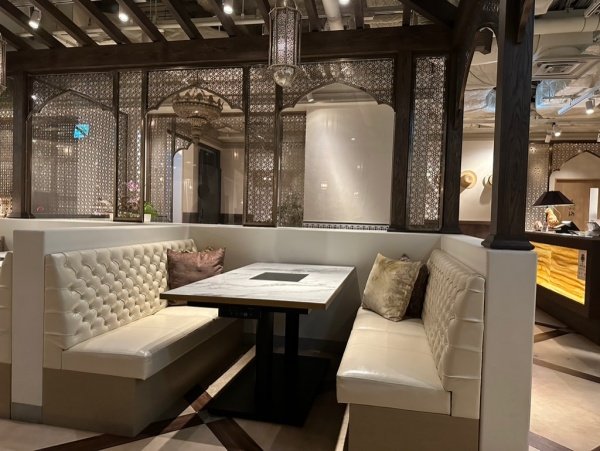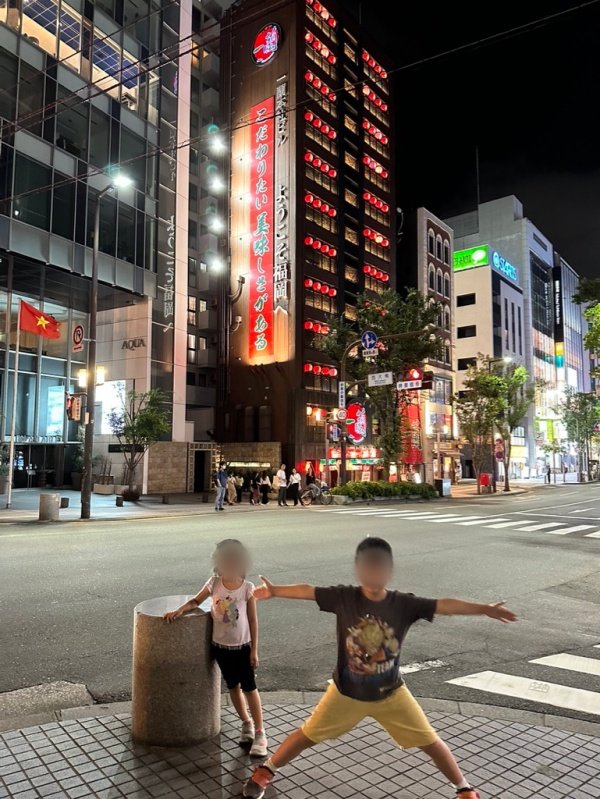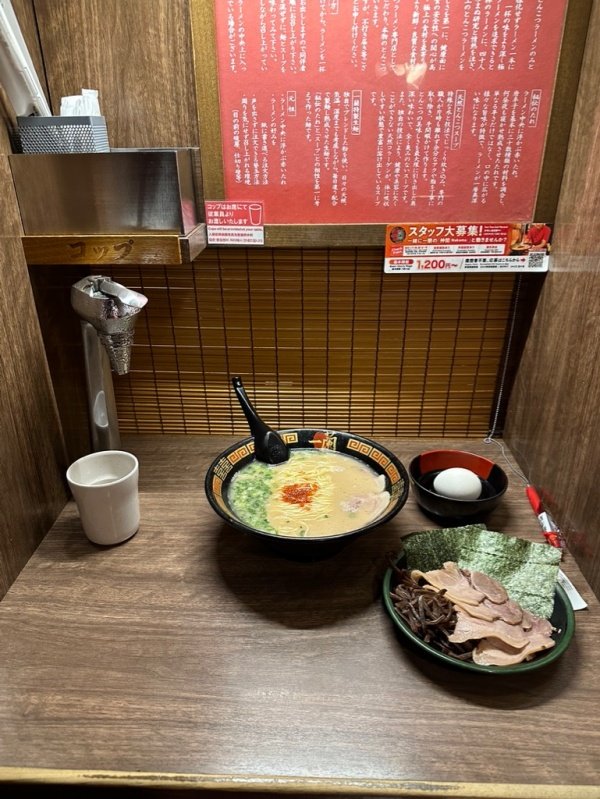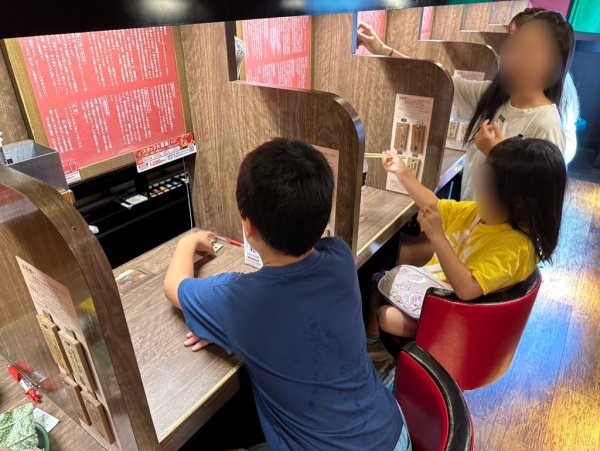Kyushu Quest Chapter 1: A Taste of Hakata
We arrived at Narita Airport, then hopped onto a domestic flight to Hakata, touching down in the evening. This was our first time in Kyushu, Japan’s southernmost major island, and right away we were impressed by how accessible Fukuoka Airport is. Located in Hakata, it’s just a quick 10-minute taxi ride to the city center and sits conveniently close to many major East Asian cities—making Hakata a highly accessible hub in Asia.
Kyushu boasts a warm climate, stunning landscapes, and a unique cultural history. Known for its active volcanoes, lush greenery, and famed hot springs, Kyushu’s blend of Japanese and other Asian cultural influences makes it a unique travel destination. In the summer, you’ll find scenic beaches in Miyazaki and Kagoshima, vibrant hiking trails in the Aso and Kuju mountain ranges, and plenty of lively festivals. This season also brings summer foods, outdoor adventures, and, of course, Kyushu’s famous onsens and charming rural towns with distinct historic architecture.
As Kyushu’s largest city, the Fukuoka prefecture is a dynamic blend of modernity and tradition. Located on the northern coast, Fukuoka is a stunning waterfront city known for its shopping districts and exceptional food scene. Its yatai—open-air food stalls—are particularly popular in the summer, serving local favorites like ramen and yakitori under the night sky. Summer also means festival season in Fukuoka, and the highlight is the Hakata Gion Yamakasa festival, a UNESCO-recognized cultural event that draws thousands to watch teams race elaborate floats through the streets each July.
Hakata, the heart of Fukuoka, is renowned for its contributions to trade, cuisine, and culture. In summer, it pulses with the energy of the Hakata Gion Yamakasa festival, which has a 700-year history. Hakata is also famed for its signature Hakata-style ramen, a creamy pork broth noodle soup that’s refreshing and satisfying after a day out. The district is filled with temples like Shofukuji, Japan’s oldest Zen temple, which offers a serene escape from the bustling city streets. Along the waterfront, visitors can explore a lively mix of shops, cafés, and scenic spots to soak up the summer vibe.
So, what should you eat when you’re in Hakata? The options are endless! Hakata is a food-lover’s paradise with bold flavors that are often a perfect match with drinks. Even though we arrived late without a reservation, we had no trouble finding open restaurants—Hakata’s food scene is alive well into the early morning hours. When we asked the kids what they wanted, their answer was loud and clear: “Ramen!”
Tonkotsu (pork broth) ramen is one of Japan’s most beloved dishes, and since it originated in Fukuoka, it’s a must-try here. We decided on Isso, a popular “bubble-type” ramen spot known for its rich, intense pork aroma—so strong that you can smell it from a block away! While it might be overpowering for some, this distinct scent is a part of Hakata’s ramen culture. Luckily, the wait wasn’t too long that evening. While we enjoyed the ramen, we might still prefer the classic tonkotsu over the bubble-style, but it’s all about finding your favorite ramen in a city with countless choices.
Afterward, we took a late-night walk in Nakasu, Fukuoka's famous nightlife district. Located on an island between the Naka and Hakata rivers, Nakasu is packed with restaurants, bars, and yatai. It’s a lively spot perfect for soaking up the city’s nighttime energy.
The next day, we started with a brunch featuring mentaiko. We found Ganso Hakata Mentaizyu, a well-known restaurant within walking distance from our hotel. Walking through a new city is always a fun way to explore! This place is so popular that people often wait over an hour, but since we arrived at opening, we got a table right away. Their set menu, featuring donburi, noodles, and a pudding dessert, was fantastic. This restaurant is absolutely worth a visit.
Next, we walked to Canal City Hakata, a shopping mall beside the canal. With countless interesting shops, a Kirby Café, Bandai’s Gashapon store, and other kid-friendly spots like a Kinnikuman-themed area, Canal City felt like a dreamland for our kids. They were thrilled and spent their allowance like it was the last day of our trip—though it was only the beginning! We even snagged a few limited-edition Gundam figures at the Gun-Pla shop.
In the late afternoon, we took a cab to BOSS E・ZO FUKUOKA, next to the Mizuho PayPay Dome, to explore some fun museums. Our first stop was the Immersive Museum Fukuoka, where we walked through rooms filled with impressionist paintings projected onto the walls. The interactive experience was an engaging way to introduce the kids to impressionism.
Our second stop was the Unko (Poop) Museum—yes, you read that right! This quirky museum is extremely popular with kids and filled with poop-themed toys, games, and even snacks. It was unexpectedly fun, and the kids had a blast with all the silly photo ops and souvenirs. While we could have done even more activities, like catching a Fukuoka SoftBank Hawks game, we had a dinner reservation back in Hakata.
Dinner was motsu nabe, a hot pot dish that’s especially popular in Fukuoka. “Motsu” refers to organ meats, often beef or pork intestines, while “nabe” means “pot.” The dish includes cabbage, garlic chives, tofu, and a savory soy or miso-based broth. While offal isn’t everyone’s favorite, the flavor of motsu nabe is rich, hearty, and adored by locals and adventurous visitors alike. We went to Hakata Yamanaka, a well-known and slightly upscale restaurant for motsu nabe, which offers spacious tables and a variety of options.
The kids weren’t fans of the motsu, so we did a bit of “hashigo” (restaurant hopping), a Japanese custom similar to bar hopping, and ended our night at Ippudo ramen. In Japan, this is called “shime”—a late-night meal to wrap up the evening. Ippudo’s headquarters in Fukuoka draws both locals and tourists, so expect a long line.
For families visiting Hakata, it’s good to know that Nakasu and the area east of Hakata Station are lively nightlife districts that may have some red-light establishments, with large banners and signs that may not be family-friendly. We avoided these areas with the kids. However, for solo travelers or groups of adults, these districts offer some of the city’s best restaurants and bars, so don’t hesitate to explore!

